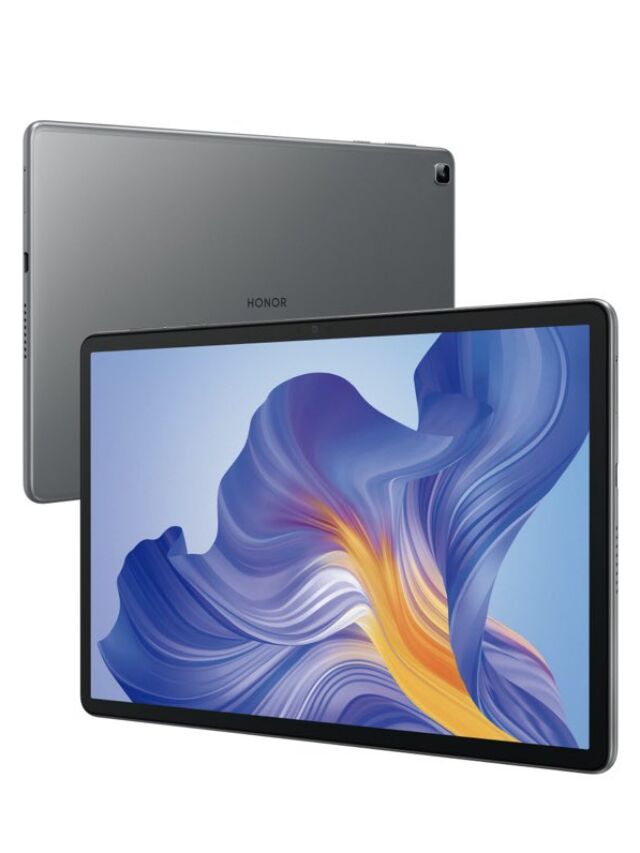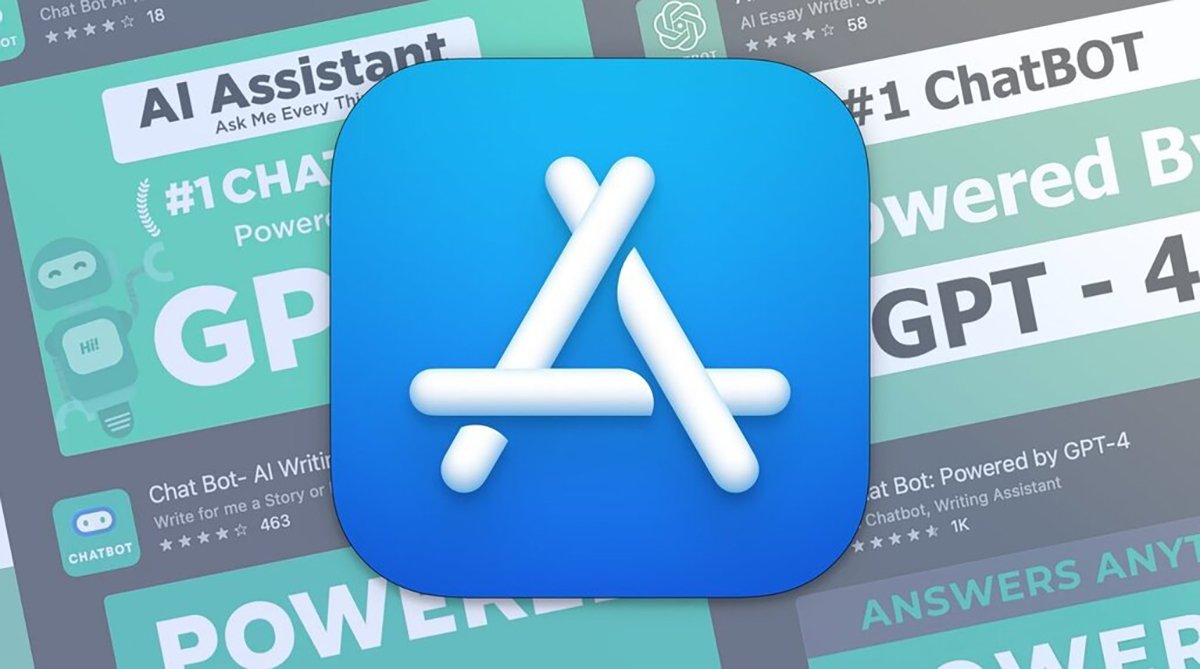The year 2020 caused a significant transition in the way we live, work, and study. The COVID-19 pandemic forced a dramatic adaptation, with remote work and virtual education becoming the new normal. This unprecedented shift propelled a surge in demand for laptops and tablets for work, education, and entertainment. As a result, these devices became indispensable tools for navigating the new reality. The tablet market sales saw a massive surge during the pandemic period.
With traditional workspaces and classrooms temporarily shuttered, individuals and organisations turned to laptops and tablets as lifelines for maintaining productivity and continuity. Laptops and tablets, with their versatility and portability, became the go-to choice for remote work. Thus, allowing employees to access company resources and collaborate seamlessly from the comfort of their homes. Also Read: RedmiBook Pro, RedmiBook e-Learning Edition launched in India
Tablet computers or laptops have emerged as critical devices for virtual education. Tablets were used by students of all ages to access online learning platforms and participate in virtual classrooms. It helps students to remain connected with their teachers and peers. Also Read: Hey Alexa! Find me the nearest COVID-19 vaccination centre
The pandemic-induced rise in laptop and tablet sales. This demonstrates technology’s capacity for adjusting to unwanted conditions. These devices have evolved into more than simply toys. In a society dealing with a worldwide epidemic, they have now become critical gadgets for facilitating employment, education, and communication.
IDC Report Unveils Surge in Laptop and Tablet Sales
The Indian tablet market witnessed a remarkable surge in 2020, driven by the accelerated adoption of digital learning and remote work practices amidst the COVID-19 pandemic. According to the latest International Data Corporation (IDC) report, the Indian tablet market experienced a significant 14.7% year-on-year growth in 2020. This remarkable growth is possible due to the increase in demand for affordable tablet devices.
Currently, there are several brands introducing competitively priced tablets. Thus, catering to a wider range of consumers. These affordable tablets play a vital role in allowing students to continue their study remotely. It also aids in the facilitation of remote work arrangements for people and companies around the country. Also Read: Samsung Galaxy Tab A7 Lite, Tab S7 FE tablet: Specs and Price in India
The IDC analysis emphasises the Indian tablet market’s durability and adaptation, which resisted the general worldwide tablet market decrease in 2020. This upward trend is projected to continue in the future years, as demand for tablets for educational and business purposes remains high. Also Read: iPhone 13 to feature Always on Display and Astrophotography

COVID-19 Fuels Tablet Sales Boom: E-learning Drives Demand
The COVID-19 pandemic has had a profound impact on the tablet market, leading to a significant surge in demand in 2020. With people confined to their homes for much of the year, tablets emerged as essential tools for e-learning, enabling students to continue their education remotely. Also Read: Micromax Airfunk 1, Airfunk 1 Pro Truely Wireless Earbuds launched in India, comes with touch control, IP44 Build
According to a report by the International Data Corporation (IDC), consumer tablet shipments witnessed a remarkable growth of 59.8% compared to 2019. This surge in demand was primarily driven by the need for tablets for online learning, as schools and educational institutions shifted to virtual classrooms.
However, the pandemic also presented challenges for the commercial tablet segment, with shipments declining by 14.3%. This decline could be due to the postponement of government projects to 2021, as priorities shifted towards addressing the immediate needs of the pandemic. Also Read: Samsung Galaxy Tab S8 and Tab S8 Plus tablets Hands on; early review
Despite the decline in commercial tablet shipments, the overall growth of the tablet market in 2020 highlights the adaptability and resilience of the industry in the face of unprecedented challenges. Also Read: Realme C30 with UNISOC T612 SoC, 5000mAh battery launched; in-depth review
Budget Tablets Fuel Market Growth: Samsung and Apple Reign Supreme
The year 2020 witnessed a remarkable surge in the tablet market, driven by an exponential growth in the budget segment. These budget tablets, priced around Rs 15000, primarily comprised Android-based devices that catered to basic functionality rather than high-end features. Also Read: OnePlus 9 Pro could feature 50-MP sensor, revamped camera app
In contrast, the premium tablet segment sales experienced a staggering 72.3% growth, with Samsung Galaxy Tab S6 Lite and Apple iPad 10.2-inch models capturing consumer attention. These premium tablets offered advanced features, performance, and display quality. Thus, appealing to users seeking a more sophisticated experience.
Samsung’s growth in tablet market
Brand-wise, Samsung emerged as the frontrunner, achieving a significant growth of 157% compared to 2019. This impressive performance can be attributed to Samsung’s focus on both budget and premium segments. Also Read: Microsoft Surface Laptop Studio launched, the most powerful Surface yet
Overall, the tablet market in 2020 demonstrated resilience and adaptability in the face of the COVID-19 pandemic. The surge in demand for budget tablets highlights the importance of affordability and accessibility. Simultaneously, development in the premium market highlights the need for high-end mobile devices with advanced features.
Lenovo Leads Tablet Market, Apple Faces Supply Chain Challenges
Despite the overall growth of the tablet market in 2020, individual brands faced varying fortunes. Lenovo emerged as the market leader, capturing a significant 39% of the total market share. However, this dominance was not reflected in the commercial segment, where Lenovo’s sales experienced a 15.1% decline.
Apple, once a dominant player in the tablet market, settled for third position with a 13% market share. This decline can be attributed to supply chain disruptions during the pandemic lockdown period. This major issue hindered the company’s ability to meet market demand. Also Read: Happy Birthday Amazon Alexa, turns 3 in India
Tablets Sales from other brands
iBall, known for its affordable tablet offerings, slipped to fourth place with 4% market share. IDC reports suggest that iBall may have faced significant supply chain challenges during the pandemic. Thus, impacting its ability to maintain market presence, which leads to a decline in tablet sales. Also Read: Samsung Galaxy Tab S8 and Tab S8 Plus tablets Hands on; early review
Huawei, a rising player in the tablet market, rounded out the top five with a 3% market share. Huawei managed to maintain a modest presence in the global market despite facing global shortages and restrictions. Also Read: Samsung Galaxy A51 gets Android 11 Update in Russia
The varying success of tablet brands in 2020 highlights the influence of supply chain disruptions and firms’ capacity to react to shifting market conditions. While Lenovo flourished in the overall market, Apple and iBall encountered issues, illustrating the need for supply chain resilience and agility during times of crisis.
Tablet Sales Emerge as Lifeline During Pandemic: Education, Work, and Entertainment
According to IDC reports, a total of 2.8 million tablet units were sold by various market players during this period. Thus, catering to the surge in demand for remote education and work solutions. Also Read: Maruti Suzuki Brezza 2022 bookings open; new hi-tech features coming
Tablets proved to be invaluable tools for education. Thus, enabling them to continue their education remotely. Students can participate in virtual classes and collaborate with their classmates. Tablets also provide an easy platform for reading and taking notes. They can listen to presentations and participate in interactive learning activities.
Tablets provided a flexible and handy alternative to traditional laptop computers for professionals. These tablets made remote work possible by allowing employees to access business resources. Furthermore, they can engage in virtual meetings and communicate effortlessly from the comfort of their own homes.
Tablets were important tools for preserving productivity during the epidemic. During the COVID-19 pandemic, there is a surge in capacity to conduct video conversations. Users can access cloud-based apps and execute routine business duties. Also Read: iQOO Z5 5G India official launch on September 27: Specs, Price
Beyond education and work, tablets also served as a source of entertainment and connection during the lockdown period. They gave access to streaming services, social networking platforms, and online games. Additionally, it allows people to stay in touch with loved ones. Also Read: Xiaomi’s 2021 Mi 11 to cost high?











9 thoughts on “Tablet sales grew sharply in 2020, courtesy e-learning demands”